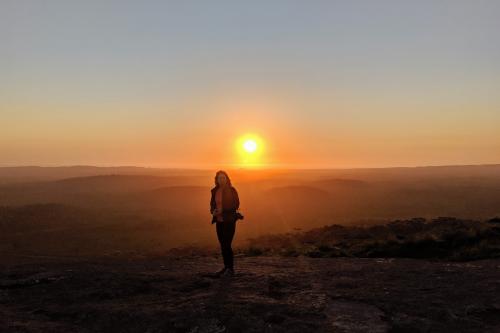About this place
A huge block of granite reaching 187 metres above sea level, Mount Chudalup is known as a monadnock - a large, isolated hill above a generally flat plain. This granite outcrop is home to 42 species of moss, 28 species of lichen and 6 species of liverwort, some of which are rare and have only been recorded at this place. They are an integral part of the complex ecosystem that exists on this granite island and great care should be taken not to damage them.
The best way to experience the fantastic views over the national park and beyond is to set out on the Summit Walk Trail. This leaves the picnic shelter at the parking area and leads up through karri and marri forest which gives way to peppermints, grass trees, snottygobbles, banksias and sheoaks. Once you reach the granite section, look out for the amazing diversity of mosses and lichens. From the top, climbers are rewarded with spectacular views over the wetlands, forests and coast of D’Entrecasteaux National Park. Be aware that the granite can be slippery in wet weather and there are steep drop offs on the summit.
Safety information
Plan when to visit. Consider travelling with a personal location beacon (PLB). In the event you need to be rescued it could save your life!
Western Shield - The Department of Biodiversity, Conservation and Attractions undertakes 1080 baiting at this location to reduce the impacts of feral cats and foxes on native wildlife.
Meat baits containing 1080 poison are laid in or around this area on an ongoing basis. 1080 is poisonous to humans and will kill domestic cats and dogs. Pets are not permitted in this park.
For further information contact your local Parks and Wildlife Service office or visit Western Shield.
Gallery
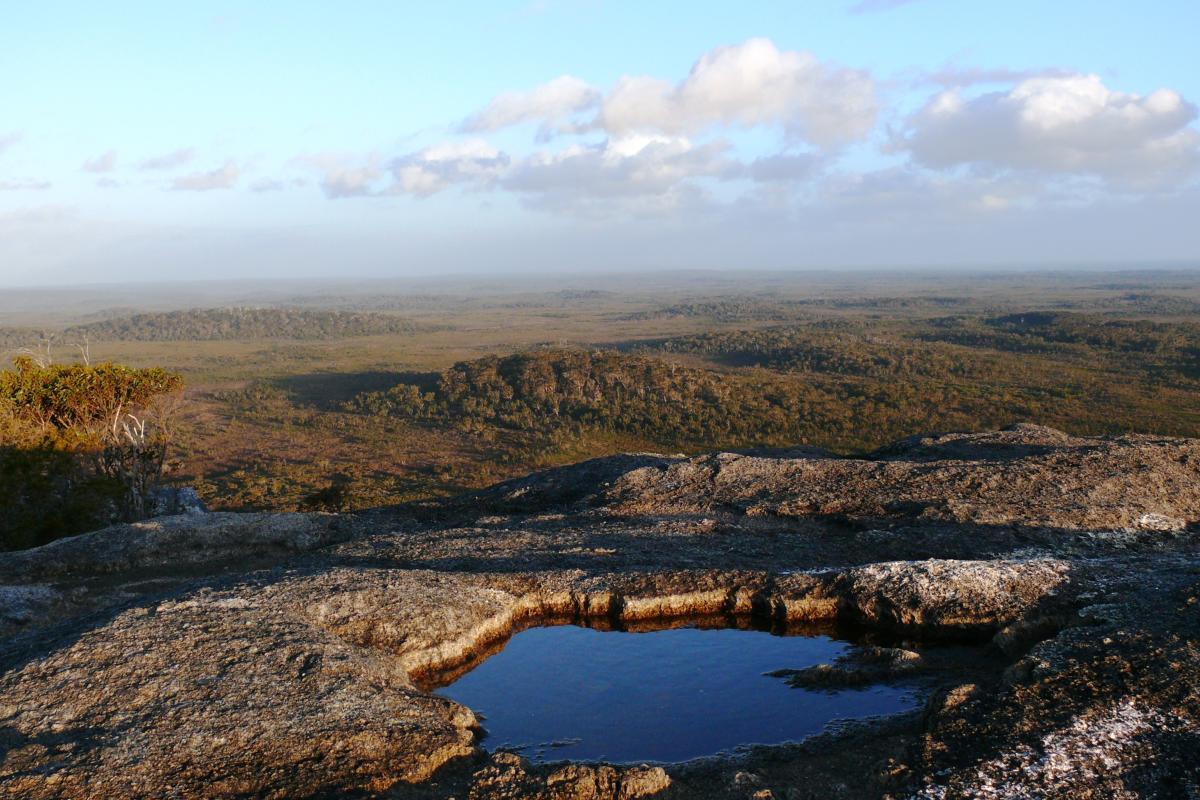

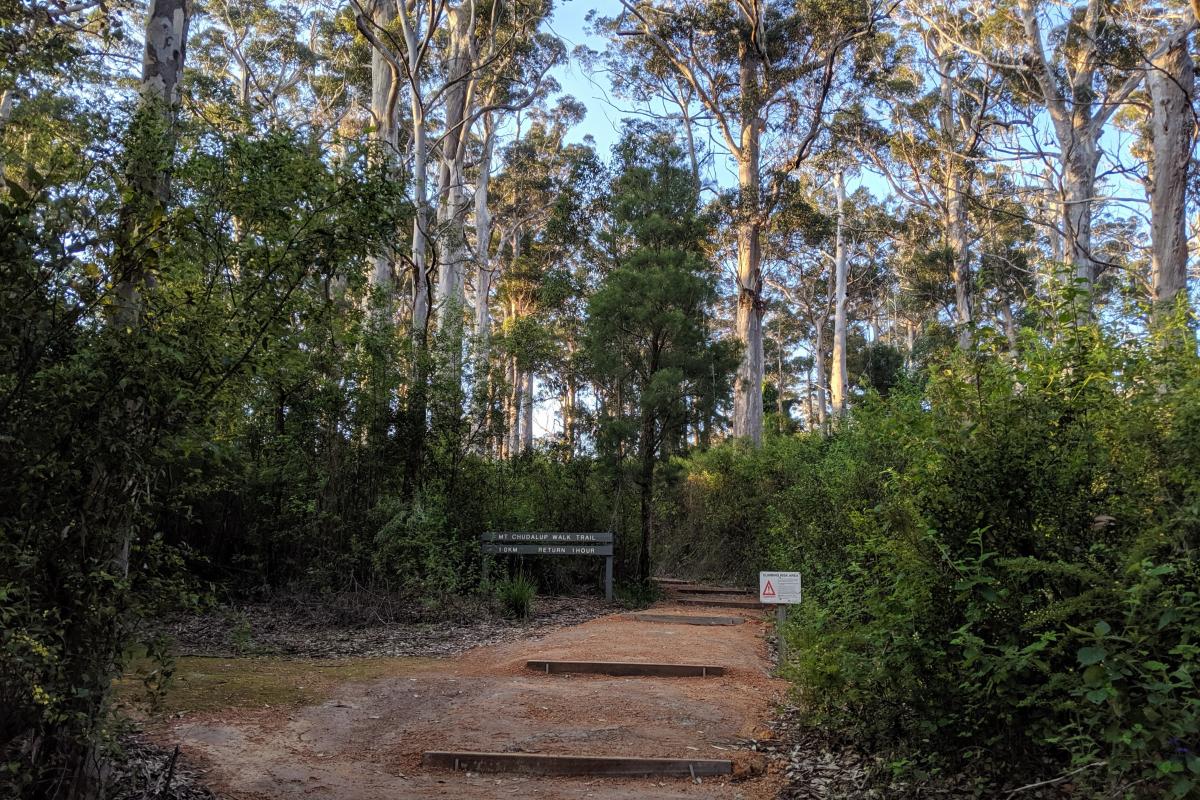
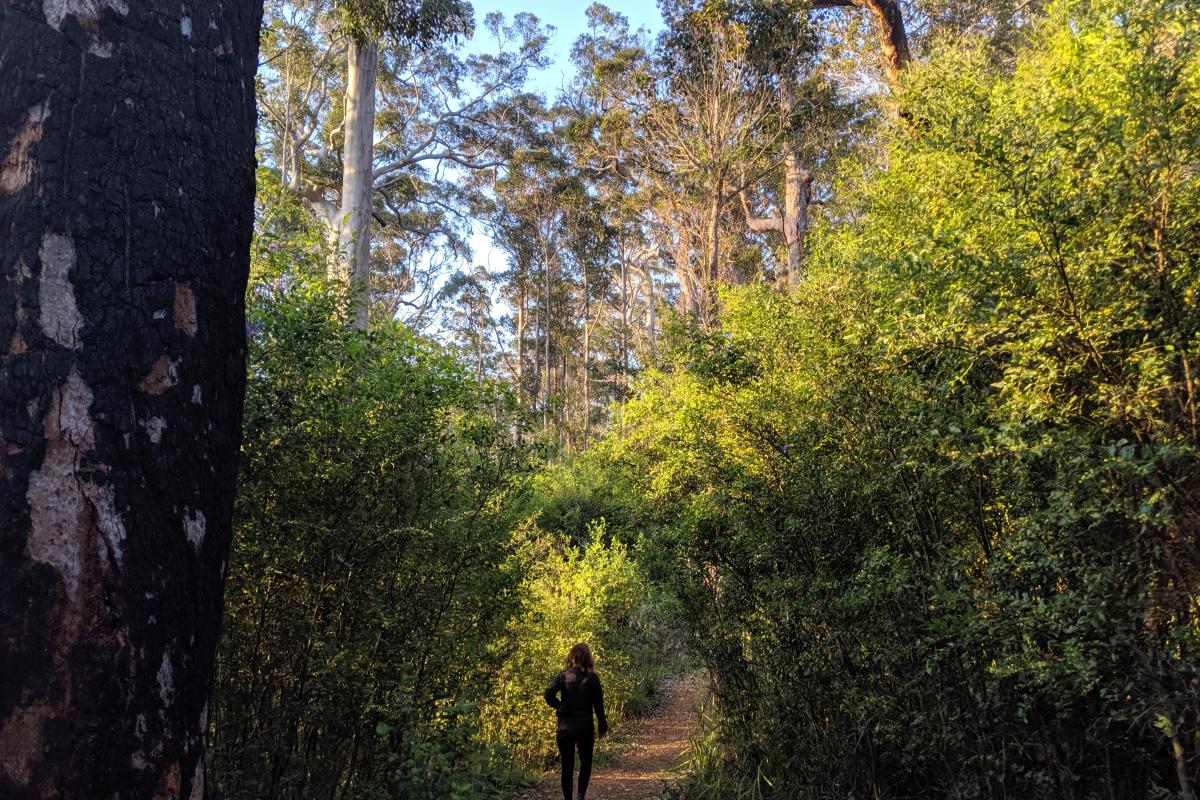

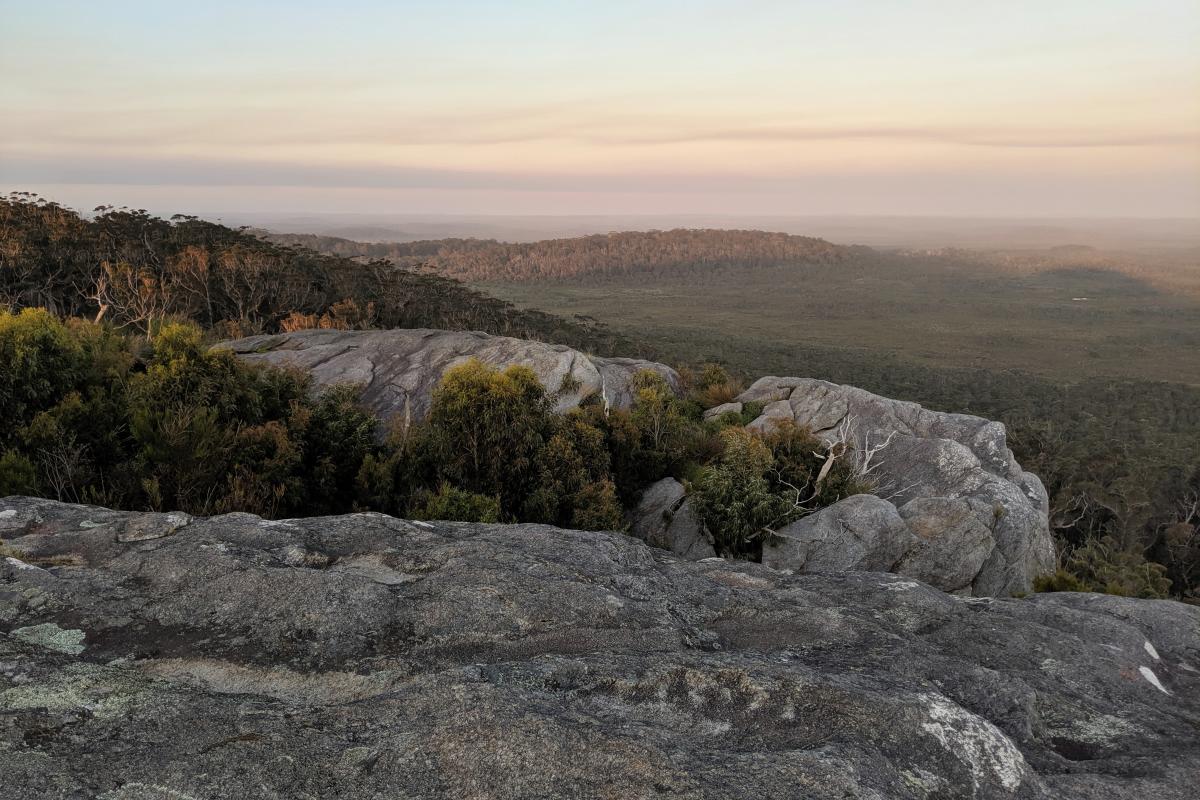
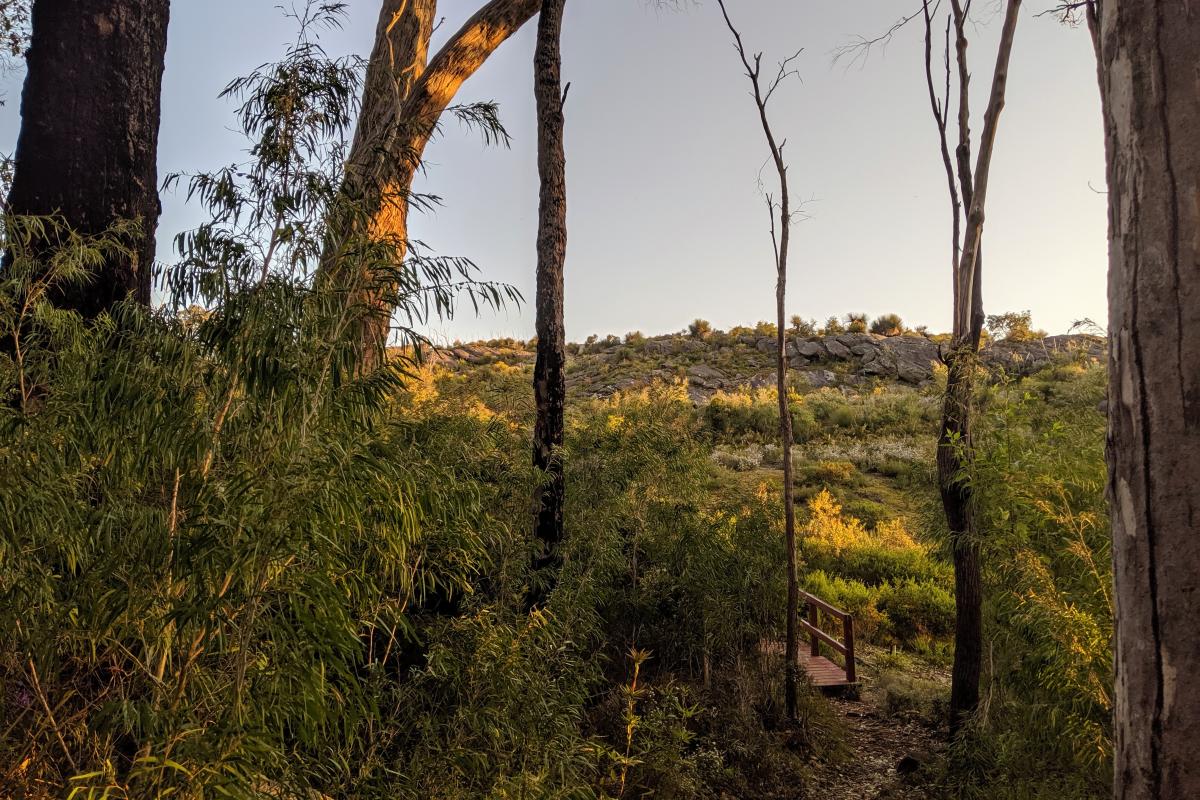
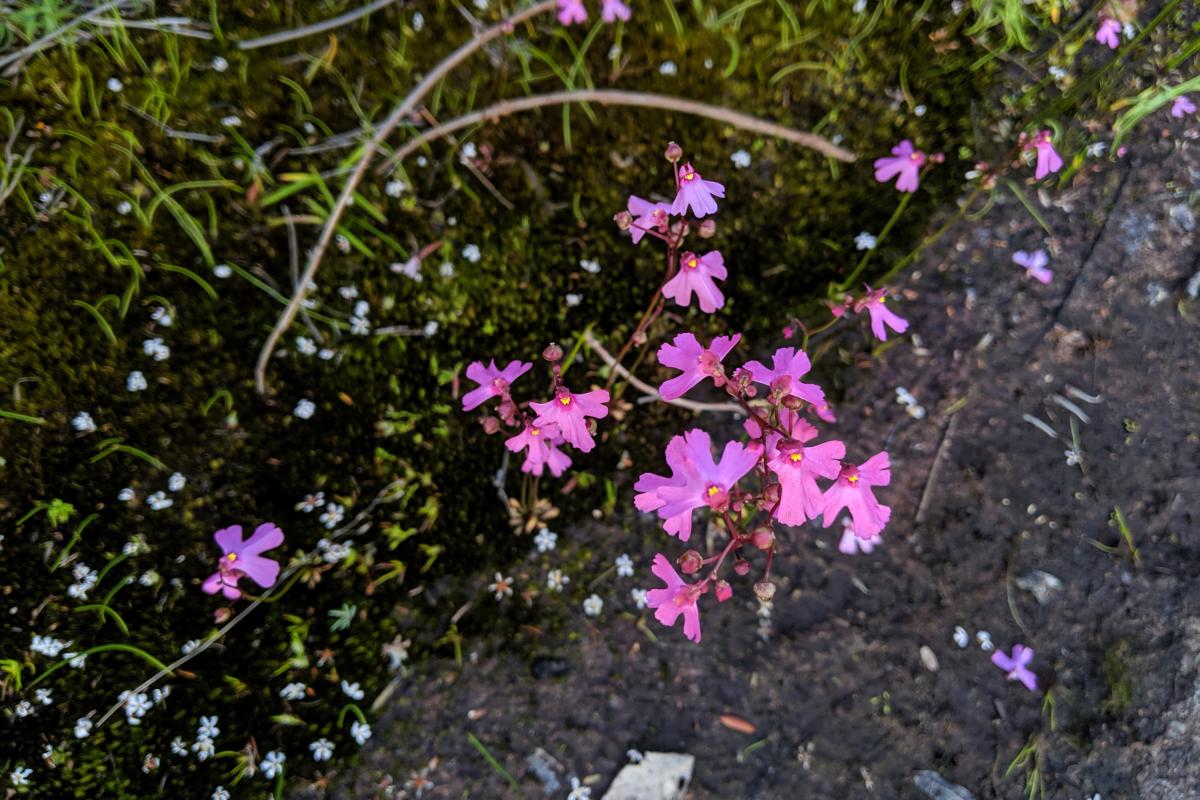
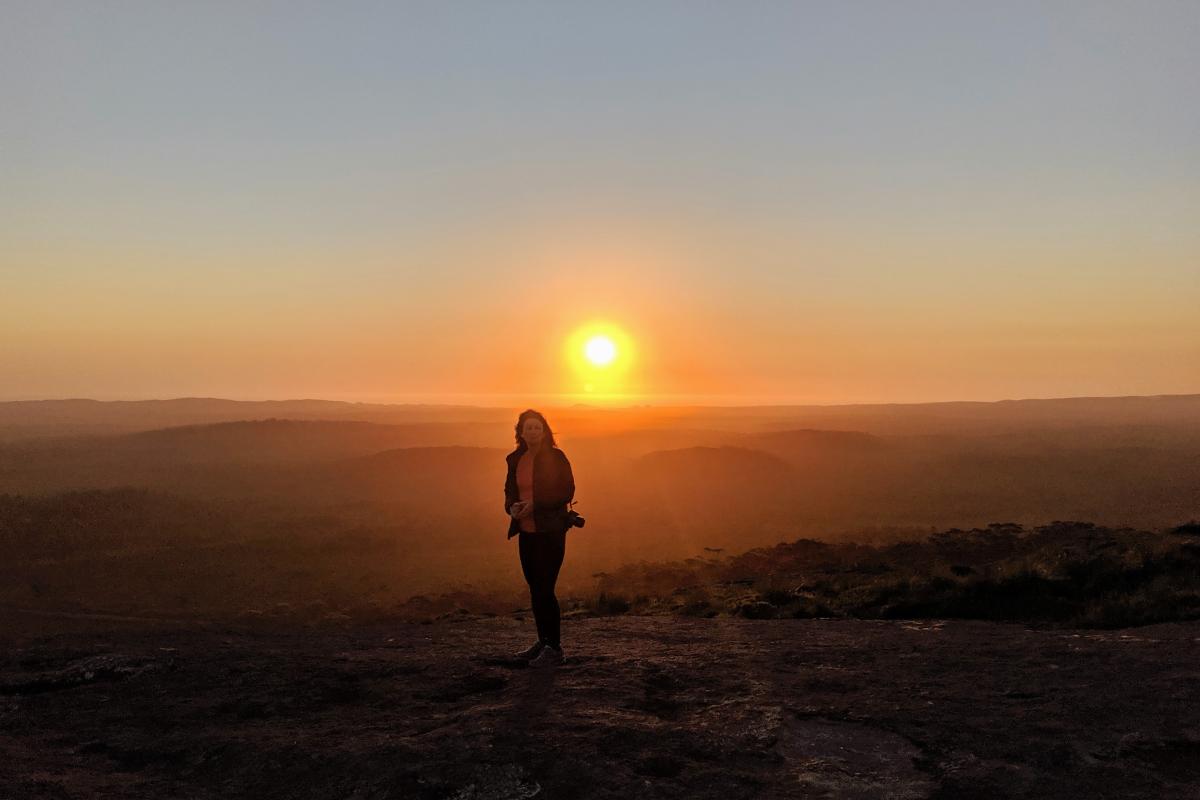
Facilities
Barbecue
Toilet
Activities
 Bushwalking
Bushwalking
 Picnicking
Picnicking
Traditional Owners
We recognise and acknowledge Minang and Bibbulman people as the traditional owners of D'Entrecasteaux National Park.
There is evidence that Noongar people have lived in South-West Australia for over 47,000 years. The oldest archeological evidence at D’Entrecasteaux is dated at 6000 years, although this does not mean it wasn’t occupied early than this. Erosion of sand dunes within the park has revealed numerous stone artifacts, fish traps, quarry sites, mythological and burial sites. The majority of these are located around the Lake Jasper/ Meerup Dunes area, an area of particular archeological and cultural significance to the Noongar people. Artifacts have been found 10 metres below Lake Jasper’s current water levels, indicating a number of major campsites existed here when the lake was a prehistoric forest.
Wandjoo ngaalang kwoba/moorditj boodjar,
Nyoondool djinang ngaalang kwobidak Wardan, balyoongar, bilya, worl wer djinda kada werda ngaalang miya,
Ngaalang koort kalyakoorl nidja.
Welcome to our good/strong country,
You will see our beautiful sea, sand, rivers, sky, and stars across our place,
Our heart always here.
